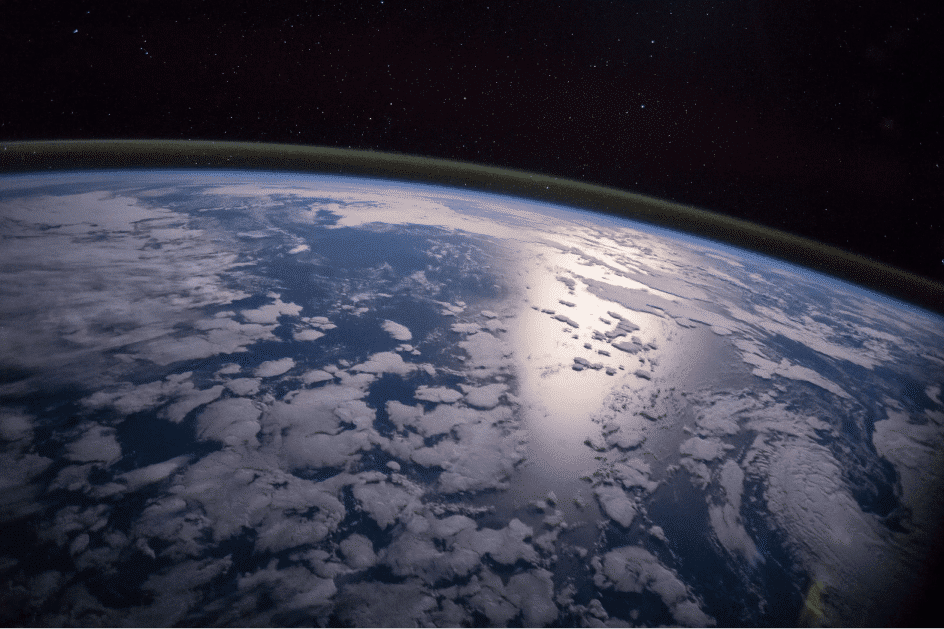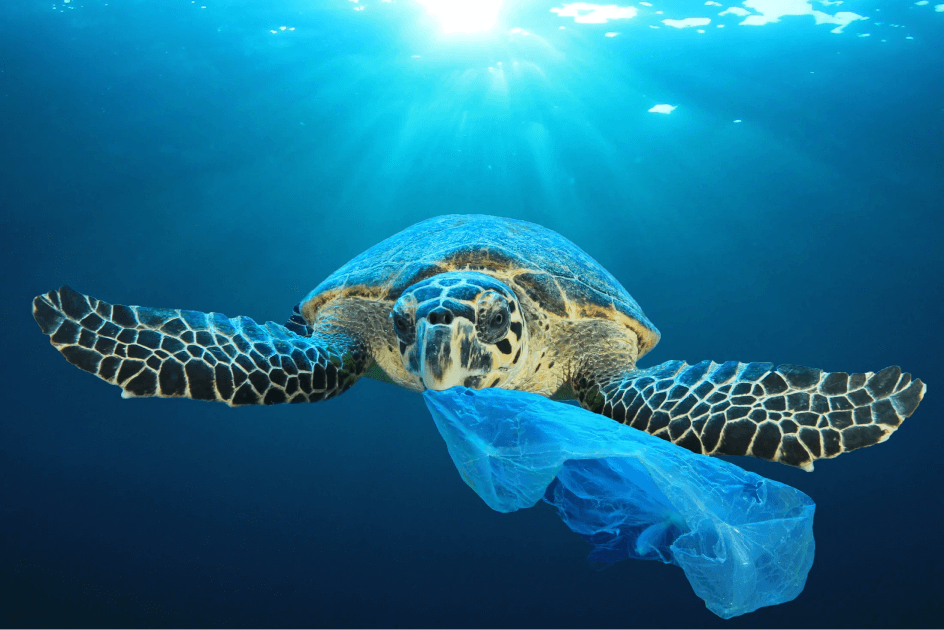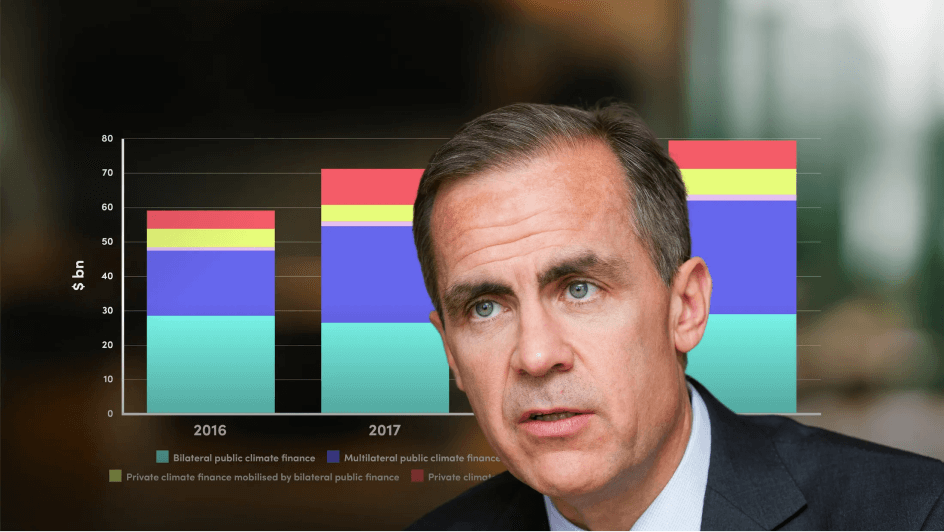
Introduction to the NGFS

Patricia Sanchez Juanino
In this video, Patricia explores the growing importance of climate risk management. She explains the two main types of climate risks: physical risks, like floods and wildfires, and transition risks, which arise from economic changes as countries shift to greener policies and technologies. She further highlights how these risks threaten economies, industries, and financial stability worldwide, making proactive risk assessment crucial. She also introduces key tools like cost-benefit analysis, financial stress testing, and Integrated Assessment Models that help policymakers and businesses prepare for a more sustainable future.
In this video, Patricia explores the growing importance of climate risk management. She explains the two main types of climate risks: physical risks, like floods and wildfires, and transition risks, which arise from economic changes as countries shift to greener policies and technologies. She further highlights how these risks threaten economies, industries, and financial stability worldwide, making proactive risk assessment crucial. She also introduces key tools like cost-benefit analysis, financial stress testing, and Integrated Assessment Models that help policymakers and businesses prepare for a more sustainable future.
Subscribe to watch
Access this and all of the content on our platform by signing up for a 7-day free trial.

Introduction to the NGFS
11 mins 8 secs
Key learning objectives:
Understand the distinction between physical and transition climate risks and their global impact
Identify the importance of climate risk assessment for governments, businesses, and financial institutions
Overview:
Subscribe to watch
Access this and all of the content on our platform by signing up for a 7-day free trial.
Subscribe to watch
Access this and all of the content on our platform by signing up for a 7-day free trial.

Patricia Sanchez Juanino
There are no available Videos from "Patricia Sanchez Juanino"





























